Media | Articles
These Ferrari and Lamborghinis sales stayed the course
Want a better understanding of what’s driving collector-car values? Sign up for the Hagerty Insider newsletter.
Temperatures dipped into the thirties when I hit the ground in Scottsdale, Arizona, early last week—a downright event in a state better known for summer scorchers. It seemed like a kind of foreshadowing, as many market watchers, including us, had noted that 2022’s sizzling market had cooled ahead of these big January auctions.
By the end of the week, temps were back in the sixties. Which is, as it turns out, pretty appropriate to what I saw at the sales. Signs point to a gradual slide back toward normalcy, a trend that inspires enthusiasts to cheer, collectors to grumble, and dealers to order another round at the empty hotel bar. But, we’ve got a long, long stretch of desert tarmac between AZ’s cool-down lap from the pressure-cooker period of late 2020 through summer 2022 and pre-pandemic normalcy—whatever that even means these days. Sure, we saw cars trade hands for shrunk sums that would have shocked us a year ago, and noted many profits slip through hopeful flipper’s fingers as either unsold or moved for a not-insignificant loss. However, in some cases, cars defied both expectations and the Hagerty Price Guide.

But, through this weird haze, I noticed—with some relief, I might add—that with some exceptions, most of the age-old collecting trends established decades prior in the Ferrari and Lamborghini world still stand steadfast against the crashed wave of ultra-inflated values. Let’s take a look at a few.
Mercy me, Miuras

RM Sotheby’s $3.58 million 1971 Lamborghini Miura SV seemingly crashed through the Hagerty Price Guide condition #1 (concours) value of $3.35 million and RM’s own $3.5 million high estimate. Wow!
Marketplace
Buy and sell classics with confidence
Based on brief time spent around the car at the preview, though, it makes sense. The car was exceptionally presented, and its restoration, albeit one completed 22 years ago, was done by a noted marque expert. The engine was rebuilt by Lambo legend Bob Wallace. Among Lamborghini cognoscenti, that counts as modern provenance and largely explains why the car brought Condition #1 value and then some.
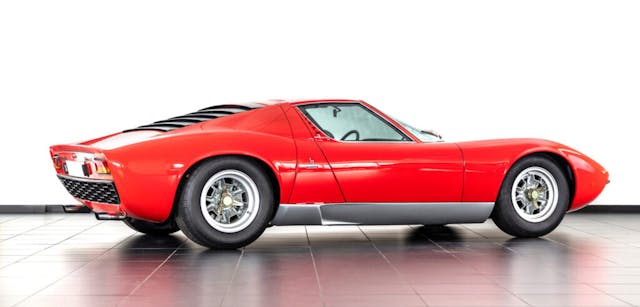
OK, I’m cheating here. This Miura sold not in Scottsdale, but a world away at RM’s Paris auction. Two more Miuras paraded through Paris, and like Scottsdale’s SV, each was a perfect representation of both the stability and predictability of well-established market segments.
RM’s Rosso Miura 1969 P400 S presented in good-but-not-perfect condition from an older restoration completed in the 1990s sold for €1.58 million or $1.72 million. That slots it rather neatly between the Price Guide’s $1.8 million rating for Condition #2 (Excellent) and the $1.6 million for Condition #3 (Good). A clean, rank-and-file sale.
Enter RM’s €1.02 million ($1.1 million) 1969 Lamborghini Miura S “Jota.” This creamsicle orange speed-splinter started life as a standard 1969 P400 S that cycled to Japan after original delivery in Italy. It remained in Japan with a number of different owners through the mid-2000s, when it was subjected to a conversion into a replica of the bygone high-performance “Jota” Miura one-off that crashed and burned to the ground in 1971.
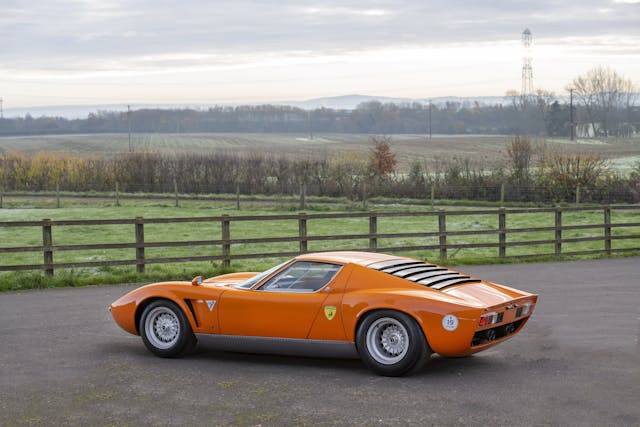
In the conversion process, chassis no. 4280 lost its original engine, supplanted by a Miura SV mill. The modifications cost an estimated $400,000, a comprehensive job that stripped out the interior, and levied extensive changes to the bodywork.
An extremely cool car, but clearly not one favored by top-shelf Lamborghini enthusiasts. At this level of collector car, modifications rarely break even, let alone add value, even if it’s in the pursuit of both performance and tribute. So, it’s no surprise its $1.1 million final sale price lags our Condition #4 (Fair) value of $1.3 million for a stock P400 S.
Three Miuras, three predictable sales.
1980s and 1990s Italians prove more volatile than the old-school stuff

Whereas the Miura’s market might be etched in a block of rock-solid Parmigiano Reggiano, a number of 1980s and 1990s Ferraris and Lamborghinis still seem to be harder to pin down than a slippery penne noodle. RM’s seriously straked 1990 Lamborghini Countach put the beatdown on our $695,000 Condition #1 value with a $775,000 final sale price. A few lots later, an impeccably preserved 1994 Lamborghini Diablo VT sold for $379,000, squeezing our Condition #1 value by an extra $13,000.
Earlier, I witnessed some unusually active bidding on RM’s 1995 Ferrari F512 M that eventually hammered for $681,500, inching toward the $700,000 high estimate and vaulting over the Price Guide’s Condition #1 $594,000 value.
This continues a theme we noticed at last year’s Monterey sales: eight-figure blue-chip stuff remained mostly steady, while 1980s and 1990s supercars gained tremendous value and set a number of model-specific records.
Fascinating F40s
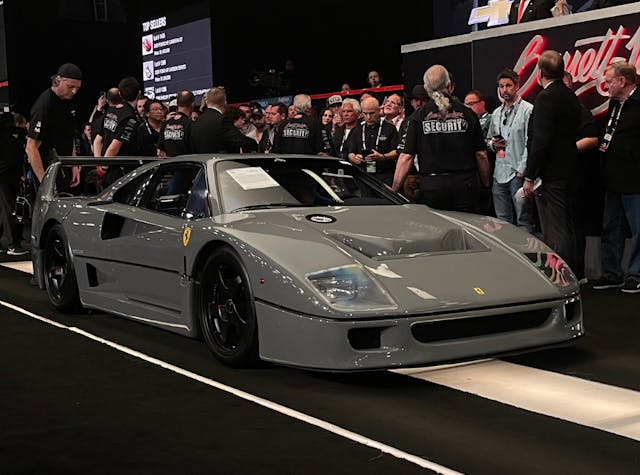
The same predictability cannot be claimed one of the trio of Ferrari F40s that sold in the past two weeks—two in Scottsdale, one in Paris.
Barrett-Jackson’s $2.75 million 1989 Ferrari F40 is one of the most interesting F40s sold in recent history. Significantly modified, you might recognize this winged wonder from RM’s high-profile Sealed Bid offer at last year’s Monterey festivities. Well, it apparently failed to accrue enough in that process and was briefly transferred to RM’s private sales division. From there, we’re unsure if it sold privately or both parties parted ways, as the F40 in question no longer appears on RM’s site anywhere.
Fast forward to Scottsdale and Barrett-Jackson’s big-tent event. Again, it’s unsure if this was an extremely quick flip or the original seller offloading the car at BJ’s no-reserve sale. No matter. In front of a massive crowd obsessed with restomods and hot rods—and a platoon of stunned Ferrari nerds—the privateer F40 “Competizione” brought $2.75M, the auction house’s top sale of the week.
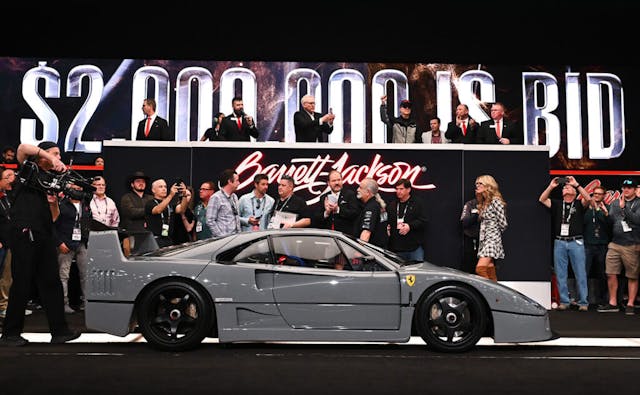
Sorting this F40’s history is like unravelling a bundle of carbon fiber. Prior to the recent aftermarket repaint and cosmetic restoration from the Maranello-based and Ferrari-adjacent Zanasi Group, this Dutch-delivered F40 underwent significant motorsports-focused modifications that pushed output of the twin-turbo V-8 to between 700 hp and 1,000 hp, depending on setup and tune. It was subsequently campaigned in a wide range of privateer races through the 1990s.
A controversial car, in other words, particularly given how finicky Ferrari folks tend to be about originality. Yet Barrett’s F40 outperformed several more original F40s sold in January, including $2.15 million for a 1992 F40 RM Sotheby’s sold in Scottsdale and another, 1990 F40 that RM sold for €1.92 million ($2.08 million) in Paris. To beat Barrett’s gray wonder, you’d have to refer to RM’s U.S-market 1990 F40 sold at its Miami sale this past December for $3.25 million. Big bucks compared to the two stock versions sold in January, but lest you take that as a sign of the F40 market cooling, note that federalized F40s are far rarer than European-spec versions (as both of RM’s January F40s were) and thus command more at auction.
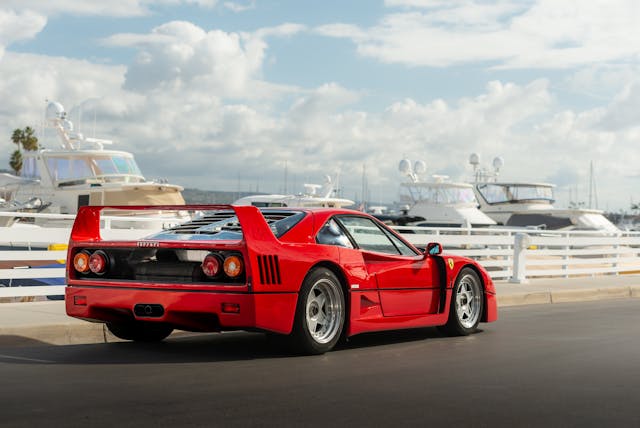
What I take from this, aside from the fact that anything can happen at a Barrett-Jackson Scottsdale auction, is that the F40 is not sacred.
This sale comes just two weeks after Japanese tuning house Liberty Walk (LW) unveiled their own take on the F40, replete with a newly-available body kit, screwed-on fender flares, and dropped suspension. Not unlike the gray F40, LW’s kit garnered a significant amount of criticism in the general expanse of automotive media, but there’s just as likely a subset of enthusiasts hoping to see an F40 grace the hallowed halls of Copart so LW can spin their F40 magic again.
Freaky Ferrari 599s

Speaking of Ferrari modifications, one of the hottest at the moment is converting mid- to late 2000s Ferraris from their nasty single-clutch “F1” manumatic transmissions to a classic six-speed gated manual transmissions. That makes sense, given some of the mega premiums we’ve seen for modern Ferraris with stick shifts. Some of Maranello’s hottest cars from that era were either offered only with the F1-style gearbox or purchased overwhelmingly with only two pedals.
Conveniently, Ferrari used the same transaxle for cars equipped with either the F1-style or the stick, so conversions to the three-pedal setup are reasonably straightforward (or at least as straightforward as surgery on a Ferrari can be). Being a Ferrari, it’s not cheap, but most seem to recoup the investment and sometimes add a moderate amount of additional value, depending on model.

Given how well the F40 performed at Barrett-Jackson, as well as that auction’s insatiable thirst for modified cars, the seller of this manual-swapped 2008 Ferrari 599 GTB had every right to expect a win. Yet it claimed “just” $209,000—roughly the condition-appropriate Hagerty Price Guide-value for the model, sans manual premium.
The real thing, though, still brings big bucks. Consider RM’s factory stick-shift 599 GTB that just sold in Paris. Only 30 of these rare, rare birds ever escaped Maranello with a manual, and you’re going to pay a premium for the privilege. The Paris 599 claimed a stunning €623,750 ($679,000), blowing by our established “$150,000” adjustment for manual 599s; we usually expect a manual 599 in Condition #1 to sell around the $410,000 range.
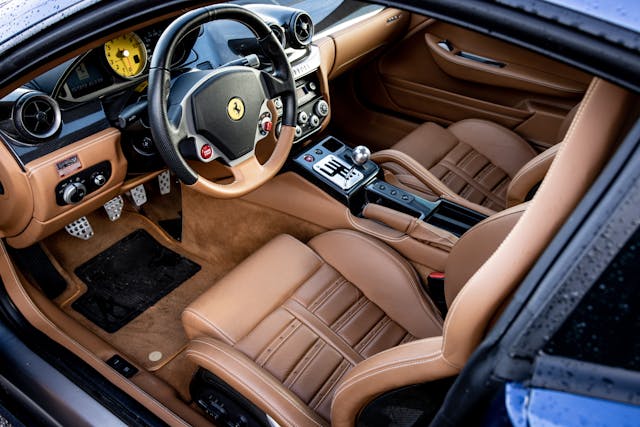
While the Paris 599 wore uncommon Blu Mirabeau paint with attractive tan interior appointments, I doubt this made up the almost $270,000 gulf in expected value. Either way, we’ll be watching RM’s Amelia Island sale with particular scrutiny, as buyers who missed their chance at the Rétromobile 599 will have a shot at one of 20 599s sold with the manual transmission in the U.S.
Check out the Hagerty Media homepage so you don’t miss a single story, or better yet, bookmark it.
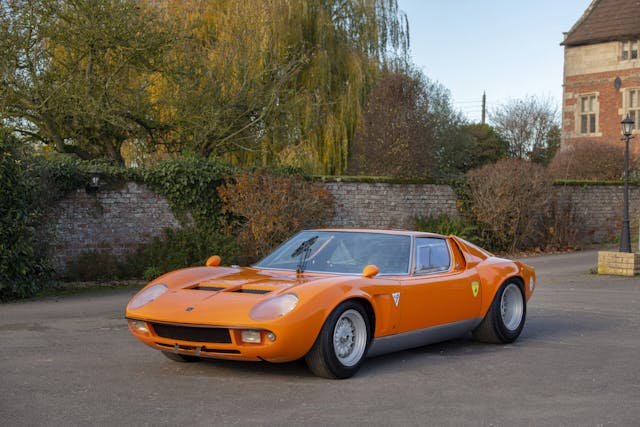




















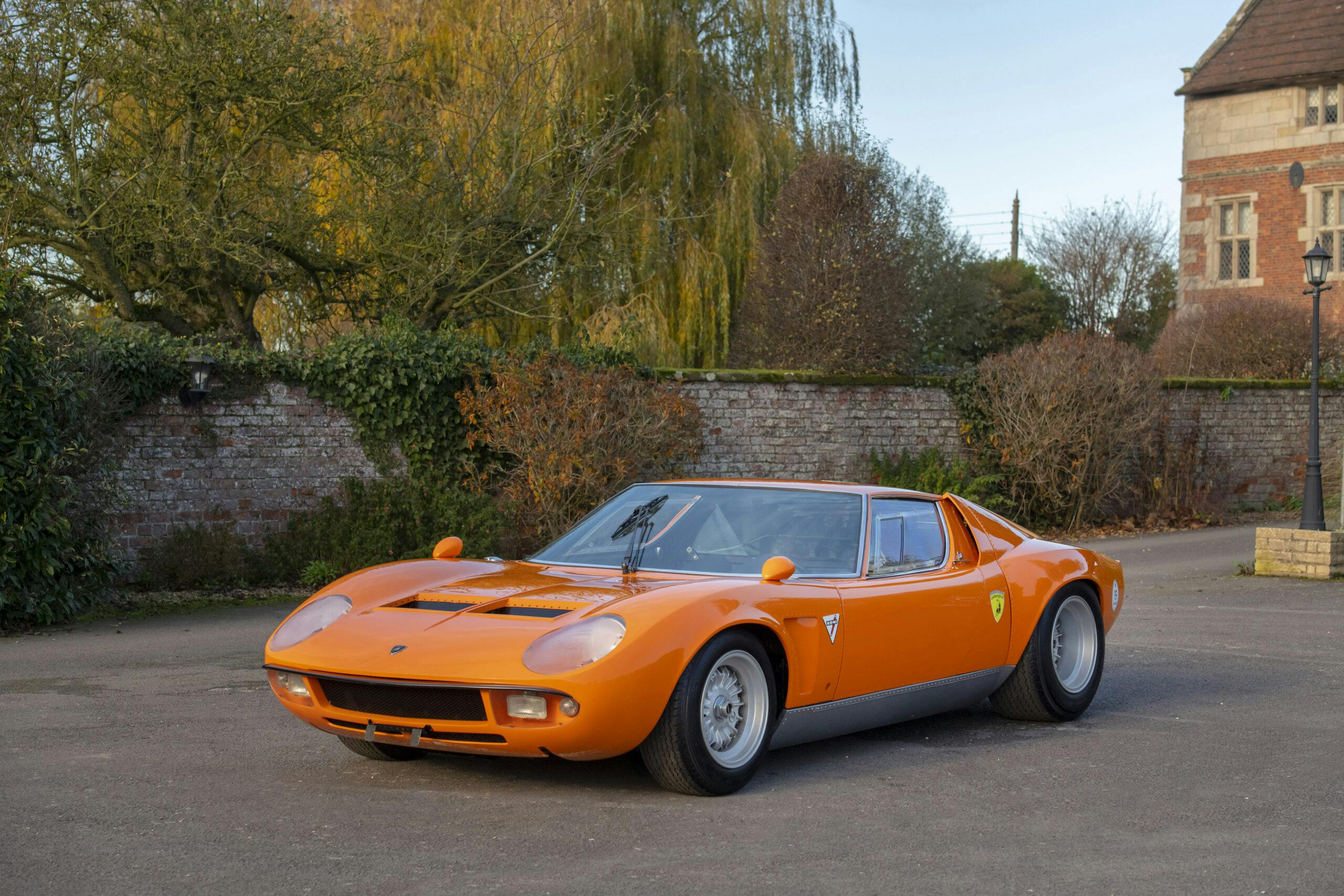
Some designs are ageless. The Miura P 400 is certainly one of them. I never get tired of visually navigating those lines. When The New York Museum of Art named it the most beautifully designed car ever, they certainly got it right.
I wish I had bought a Miura way back when they where affordable! Of course so does everybody else!
Miura, F40, just wonderful looking and performing cars.
F40’s have held strong, the better investment grade examples transact off-market. We have sold 13 F40’s in 2022. The 2 @RM each had a story, one could look at the history reports, paint work, accidents, etc. The price was reflective of the actual examples. One can’t look at the headline number and make an assumption of cooling prices without digging into the “why.” RM is now selling an F40 @Amelia that no sales on BaT last June/July and then sold @BroadArrow in August. Tell’s me its hard to source really good cars for a sale. It is very hard for us independent dealers to source really good, off-market cars for our stock and for our clients.